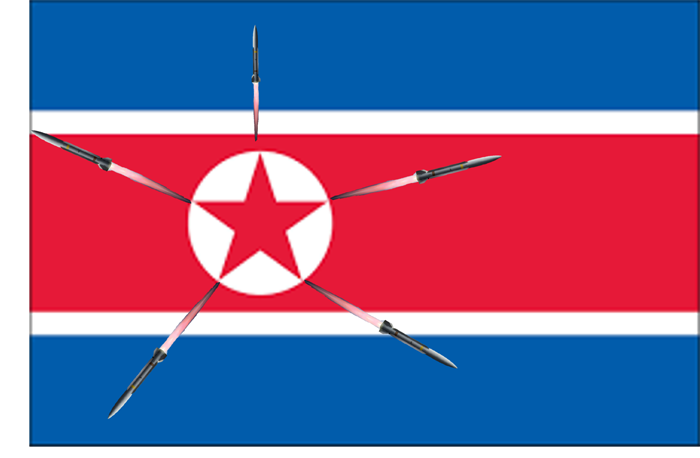Weighing in on strategic realignment

WPI’s team was retained by the governing board of a U.S. industry organization to review a decision, reached by vote, to invest significant assets into the development and management of an export trading company. WPI’s team conducted a formal review of this decision and concluded that the current level of market saturation would limit the benefits of the investment. Based on WPI’s analysis and recommended actions, the board subsequently reversed its decision and undertook a strategic planning effort to identify more impactful investments. On behalf of numerous clients, WPI has not only assisted in identifying strategic paths but also advised their implementation.

 Ag as Affordability Solution Around 12 percent of Americans received federal food assistance (SNAP) and 10 percent are classified as living below the poverty line but financial analyst Michael W. Green has controversially calculated the threshold at $136,500/year. After all, a family of four li...
Ag as Affordability Solution Around 12 percent of Americans received federal food assistance (SNAP) and 10 percent are classified as living below the poverty line but financial analyst Michael W. Green has controversially calculated the threshold at $136,500/year. After all, a family of four li...
 Growth in retail sales lost some momentum in September, capping off what otherwise had been a solid quarter of spending for U.S. consumers. Looking at the headline, overall sales rose 0.2 percent in September – the fourth consecutive monthly increase – but lagged the consensus expec...
Growth in retail sales lost some momentum in September, capping off what otherwise had been a solid quarter of spending for U.S. consumers. Looking at the headline, overall sales rose 0.2 percent in September – the fourth consecutive monthly increase – but lagged the consensus expec...
 Dry-bulk markets are firmer this week with the Capesize sector again leading the rally. Capesize rates saw support from stronger volumes from East Australia and the Pacific with Brazil and West Africa seeing demand for LH December and January positions. Panamax markets were firmer with growing...
Dry-bulk markets are firmer this week with the Capesize sector again leading the rally. Capesize rates saw support from stronger volumes from East Australia and the Pacific with Brazil and West Africa seeing demand for LH December and January positions. Panamax markets were firmer with growing...
 U.S. financial markets are closed for the U.S. Thanksgiving holiday on Thursday, 27 November. Consequently, WPI’s offices will be closed as well and no issue of Ag Perspectives will be published. Ag Perspectives will resume Friday, 28 November. We wish everyone a happy holiday! ...
U.S. financial markets are closed for the U.S. Thanksgiving holiday on Thursday, 27 November. Consequently, WPI’s offices will be closed as well and no issue of Ag Perspectives will be published. Ag Perspectives will resume Friday, 28 November. We wish everyone a happy holiday! ...